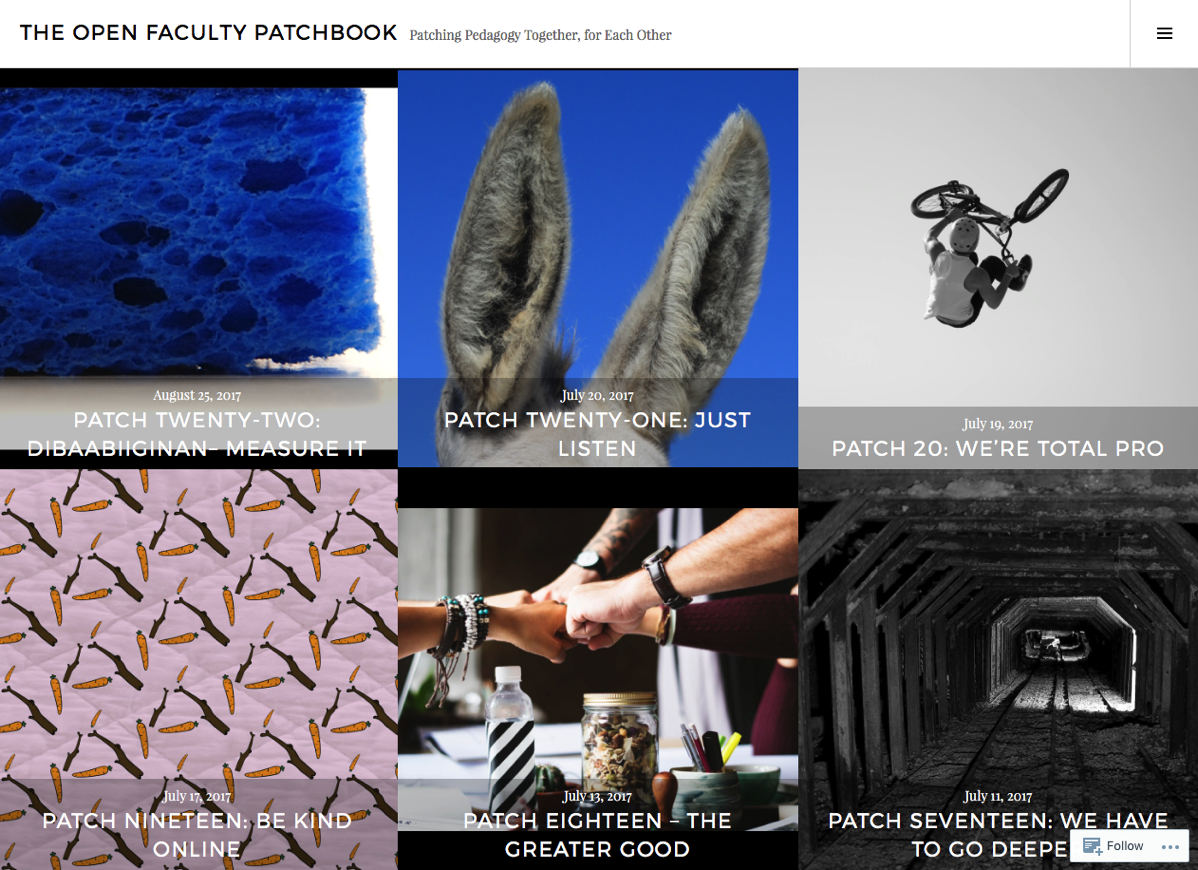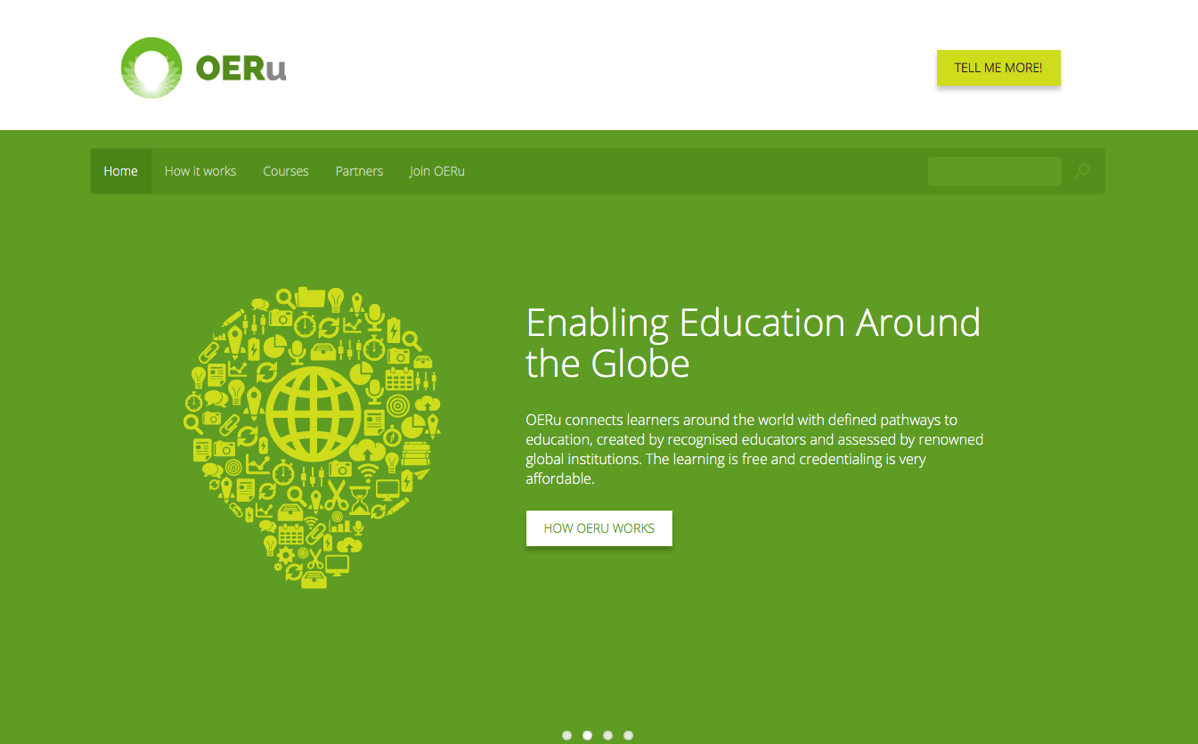
Sharing some thoughts on #leadership in #highereducation for ensuring greater #studentsuccess by developing their capacity for #collaboration
Broad access to the full range of dynamic liberal arts and science programming is the hallmark of an evolving Ontario high education system. But linking this education to the meaningful employment of learners has proved more elusive than building educational excellence. For many recent graduates, a gap continues to exist between what they learned in school, and opportunities to apply that knowledge in a professional work environment. A 2015 study found that 4 in 10 Canadian university graduates were unemployed,[1] an outcome that affects not only the lifelong earning potential of individuals but also the economy as a whole: recent research has calculated losses over the next 18 years at 0.7% of Canadian GDP.[2] Going forward, this gap between learning and work is bound to have significant impact on Ontario institutions of higher learning as well, as new funding models built on performance-based metrics such as graduate placement rates come into effect.[3]
More demand than supply of workforce preparation
Work integrated learning is widely viewed as the key means to tackle this issue, and many programs now deliver ‘work readiness’ training aimed at creating more explicit links between formal education and marketable skills. Traditionally, these programs have relied on the 1:1 placement of individuals in physical settings where they can learn about the practical application of knowledge in science, healthcare or business roles. But co-op, internship, or in-person practicums have been costly to administer, and associated risk, insurance, mentorship and space requirements difficult to manage. Placements have not kept pace with student interest, and traditional programs will struggle to meet new demand as institutions work to improve graduate employment across the range of disciplines. The job readiness gap is especially acute for social science and humanities graduates, who are most likely to face underemployment, and earnings differential as compared to their STEM, health and business contemporaries.[4] Studies have shown that the “barista effect” disproportionately impacts arts students, and negatively can affect an individual’s career development for up to a decade.[5]
For most institutions, helping graduates from arts and humanities programs find work that is related to their field will represent a huge hurdle. What can be added to the top of an anthropology graduate’s resume to prepare him/her for employment? As employment rates show, domain knowledge is only half the battle. The critical issue is the “last mile”[6] – acquiring the digital and soft skills that are hiring differentiators, and highlighting how these match job requirements in a way that is compelling to an employer will be key.
UNESCO calls these ‘transversal skills’, capabilities that cut across disciplines, such as research, writing and communication skills, or the ability to manage a team project. As we transition to a gig economy marked by rapid and regular job changes, these kinds of skills will become increasingly important. The question is, how to provide students with valid work experiences that can help them develop last mile skills while they’re still in school?
Tackling the barista effect with technology-enabled job learning
In consultation on experiential learning opportunities with representatives from key Ontario student groups, eCampusOntario found that skills gap findings highlighted in other higher education research resounded in the province. While learners in technical or co-op programs often benefit from work-related experiences, students in humanities, social science, or pure science programs typically have greater difficulty finding employment on graduation.
To help address this issue, eCampusOntario invited students to engage in the design of self-directed, integrated learning experiences that would satisfy a student’s academic passion, while developing work-related power skills. eCampusOntario’s role in the Lab is to work with participants to ensure that the prototype experiences that are developed provide value to the student, and that they are recognized by an institution as valid work experience. The goal is to align experiential learning with curriculum, to gather support from faculty, and to share output with colleges, universities and individual students.
For recent graduates, the Student Experience Design Lab (SXD Lab) provides an opportunity to demonstrate skills built in an internship or practicum on a resume. To extend this opportunity to students across the country, eCampusOntario is now transitioning these experiences to a series of templated approaches that can showcase skills in specific, targeted areas, which may be replicated by other job seekers. By transitioning these experiences to a series of virtual templates in various fields of practice, the Lab is helping to replicate validated study-work experience with different kinds of employers for multiple learners, scaling the success of one individual pathway to the many. eCampusOntario has also worked on a pilot project with Le Consortium d’Apprentissage expérientiel francophone de l’Ontario (CAPFO) to extend experiential learning to French-speaking Ontarians, leveraging the Riipen technology platform to create sharable, virtual learning experiences and to connect students with employers.
The future of education is collaboration
A curious feature of higher education is that everything in the system is designed for learners, yet learners are rarely involved in the design process. In developing the Student Experience Design Lab, eCampusOntario has taken another tack, treating collaboration as a vital element in the creation and execution of the (SXD Lab) initiative. While students from multiple institutions across the province were consulted on needs, they have also been prime actors in the design process, working with eCampusOntario support to define experiences that could be refined for distribution throughout a broader community. eCampusOntario has also consulted with business, the tech industry and higher education experts to create integrated learning experiences – in several cases, virtual experiences – that would deliver relevant workforce skills development that will apply in real life work environments. This co-design initiative already begun to produce positive outcomes: while several SXD Lab participants have reported success in the job market soon after graduation, a systematic approach to scaling new skill building opportunities has been established. In its adoption of virtual tools to help model and support the “T-shaped graduate,” eCampusOntario is applying a modern perspective to the problem of skills gaps, one that scales for the future, not the past.
[1] Office of the Parliamentary Budget Officer (2015). Labour Market Assessment.
[2] TD Economics (2013). “Assessing the Long-Term Cost of Youth Unemployment.”
[3] Marc Spooner. “Performance-Based Funding in Higher Education.” CAUT Education Review. October 2019.
[4] Ross Finnie et al. (2016). “Barista or Better? New Evidence on the Earnings of Post Secondary Education Graduates: A Tax Linkage Approach,” Education Policy Research Initiative.
[5] Ibid.
[6] Doug Lederman and Paul Fain. “A New U: Faster + Cheaper Alternatives to College.” Inside Higher Ed. August 2018.



 We also hosted a
We also hosted a  Photo by
Photo by 



















